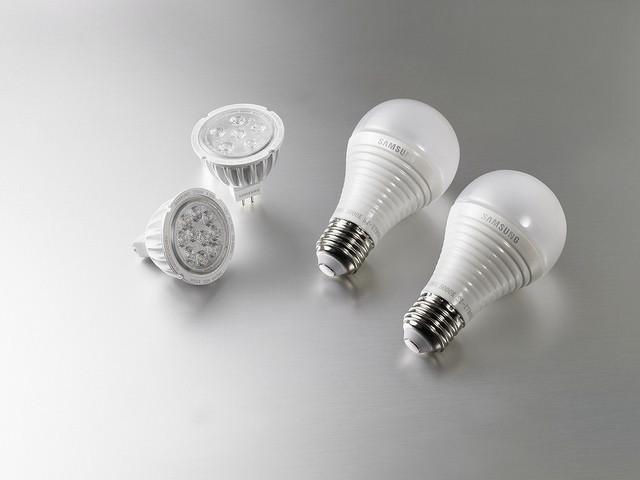Adhering to on from Energy Conserving Week, which occurred from 19 – 25 October, we believed that it had to do with the time somebody took on those myths concerning lights – so below are our leading questions about energy conserving light bulbs and those filthy incandescent ones.
1. Aren’t energy-saving light bulbs (portable fluorescent lamps) much dimmer than conventional ones?
Whilst CFLs as soon as had credibility for being dim this is currently dated. A lot of modern varieties – produced by house brands – are equally as brilliant as standard bulbs as well as give a just as ‘warm’ light.
2. Aren’t energy conserving light bulbs full of mercury as well as other contaminants? A basic energy-effective light bulb consists of 3 to 4 milligrams of mercury- whilst a common thermometer includes at least 100 times much more mercury! Indeed, the Department of Environment, Food, and also Rural Affairs specifies that the quantity of mercury in lights is less than the mercury that would otherwise be launched into the ambiance by coal-fire power generation to generate the energy made use of by an incandescent lamp.
3. Why has my local supermarket stopped selling typical light bulbs? From 1st September 2009, retailers in the UK were no more allowed to buy conventional 100MW tungsten bulbs from their vendors- they can, however, still sell them until their materials run out. Another power level of bulbs will certainly be phased out in a similar fashion by 2012. Whilst several sellers selected to stockpile their traditional light bulbs, it is possible that some of the smaller-sized sellers near you will certainly lack stocks quicker as they’ll have a lot more minimal storage in their store.
4. How much would I conserve by using energy-reliable light bulbs? Aren’t they extra pricey to start with? Once again, they used to be, but nowadays you’ll locate them competitively priced with the traditional light bulbs. In fact, the EST estimates that not only will they last longer, but you save around ₤ 2.50 a year per bulb in energy bills – so you’ll conserve around a total of ₤ 65 in power as well as replacement prices over the lifetime of each light bulb. For more information on energy-saving lightbulbs and other green tips visit bfive to know more.

5. Is this outlawing the sale of traditional light bulbs (yet one more) point that the EU is requiring of us? Whilst there is an EU-wide regulation covering the sale of conventional bulbs, the UK additionally has its own volunteer agreement with major retailers which really goes more – stopping the sale of conventional light bulbs a year previously than the remainder of the EU. The UK has additionally, distinctively in Europe, committed itself to cuts in carbon exhausts outside any global treaty. Limiting the sales of typical light bulbs are considered to be the “low dangling fruit” of the battle against climate change as it’s an easy, cost-positive method of cutting carbon swiftly.
6. Don’t energy-conserving light bulbs need time to heat up? Once more, this is something that energy financial savings bulbs have got a bad reputation for and now, it’s unjust. A modern power savings bulb will only take one or two secs to get to full sparkle, which is hardly obvious in your daily life.
7. Can you reuse energy-reliable light bulbs? Yes, you can! Under the Waste Electric and Electronic Equipment (WEEE) guidelines, anywhere that sells power-saving light bulbs has to give info on where they can be reused. A lot of the bigger sellers will even take them away for you.



